Wine regions attract visitors with promises of vineyard vistas and tasting room experiences. Yet certain wine towns offer something unexpected alongside their celebrated bottles—thriving art scenes that provide cultural depth beyond the expected culinary pleasures. These dual-identity destinations reward travelers with both sensory pleasures, creating experiences where aesthetic appreciation extends from glass to gallery.
Here is a list of 15 towns where you might arrive for the celebrated wines but find yourself equally captivated by surprising artistic riches.
Healdsburg

This Northern California town sits at the intersection of three premier wine regions—Russian River, Dry Creek, and Alexander Valleys—drawing oenophiles seeking exceptional Pinot Noir and Zinfandel. Yet visitors quickly discover the town square houses over 20 galleries showcasing everything from contemporary West Coast sculpture to indigenous basketry traditions.
The Healdsburg Museum creates connections between agricultural and artistic heritage through rotating exhibitions that explore how vineyard landscapes have inspired generations of regional artists. The annual Sculpture Trail transforms the area between tasting rooms into an outdoor gallery of monumental works that change how visitors perceive the surrounding landscape.
Mendoza
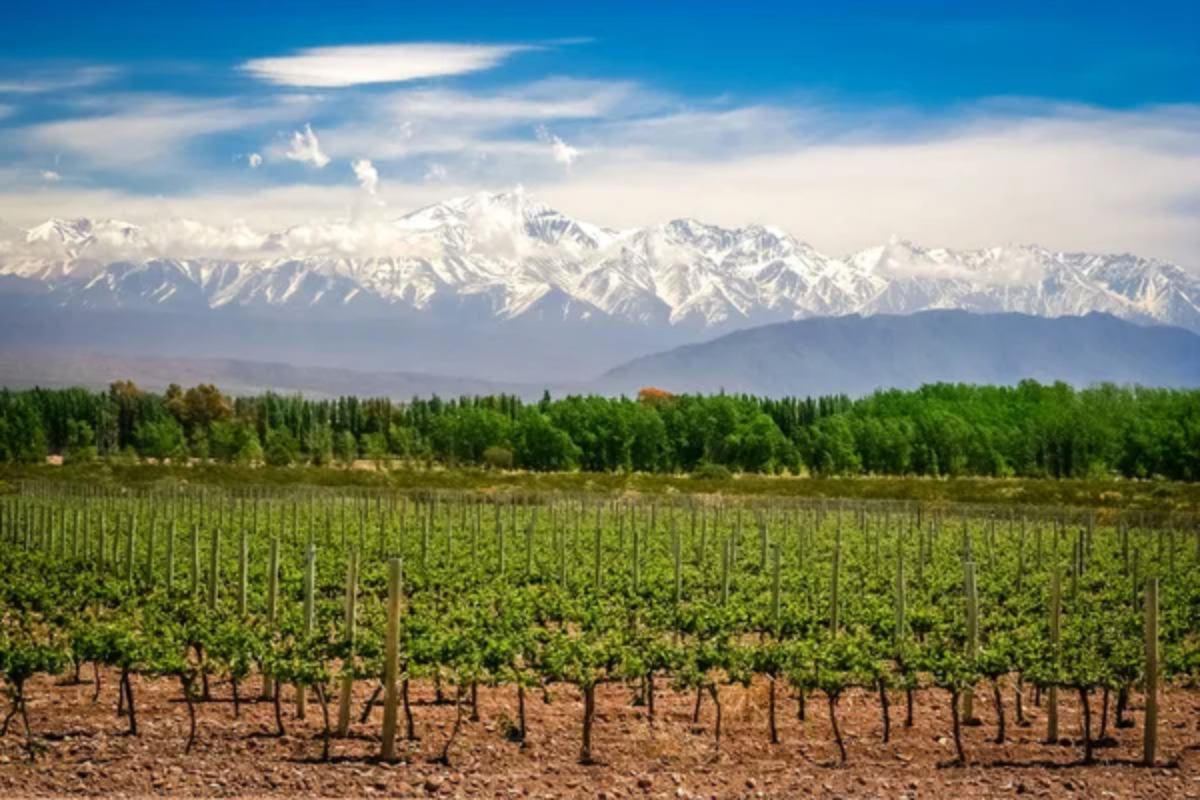
Argentina’s premier wine capital draws international visitors to its Malbec-producing vineyards spread beneath the Andean foothills. Between tastings, visitors discover a surprising concentration of contemporary art spaces fueled by wealth from the wine industry. The city’s Museo Municipal de Arte Moderno occupies a converted winery where industrial architecture provides dramatic backdrops for Argentine modernism.
Local artists draw inspiration from vineyard landscapes while incorporating materials from wine production—barrel staves, vine cuttings, and even pigments derived from grape varietals. The annual Mendoza Contemporary transforms working wineries into temporary exhibition spaces where installations respond directly to agricultural contexts.
Like Travel Pug’s content? Follow us on MSN.
Stellenbosch

South Africa’s historic wine capital maintains deep connections to Cape Dutch traditions evident in its whitewashed architecture and renowned Cabernet Sauvignon. The university town simultaneously supports a vibrant contemporary art scene that addresses complex national narratives through visual expression.
The Stellenbosch Triennale transforms the colonial-era town into a showcase for Pan-African contemporary art that deliberately contrasts with European architectural heritage. University galleries provide platforms for emerging talents exploring post-apartheid identity through diverse media ranging from traditional beadwork to digital installations examining agricultural labor practices in wine production.
Walla Walla
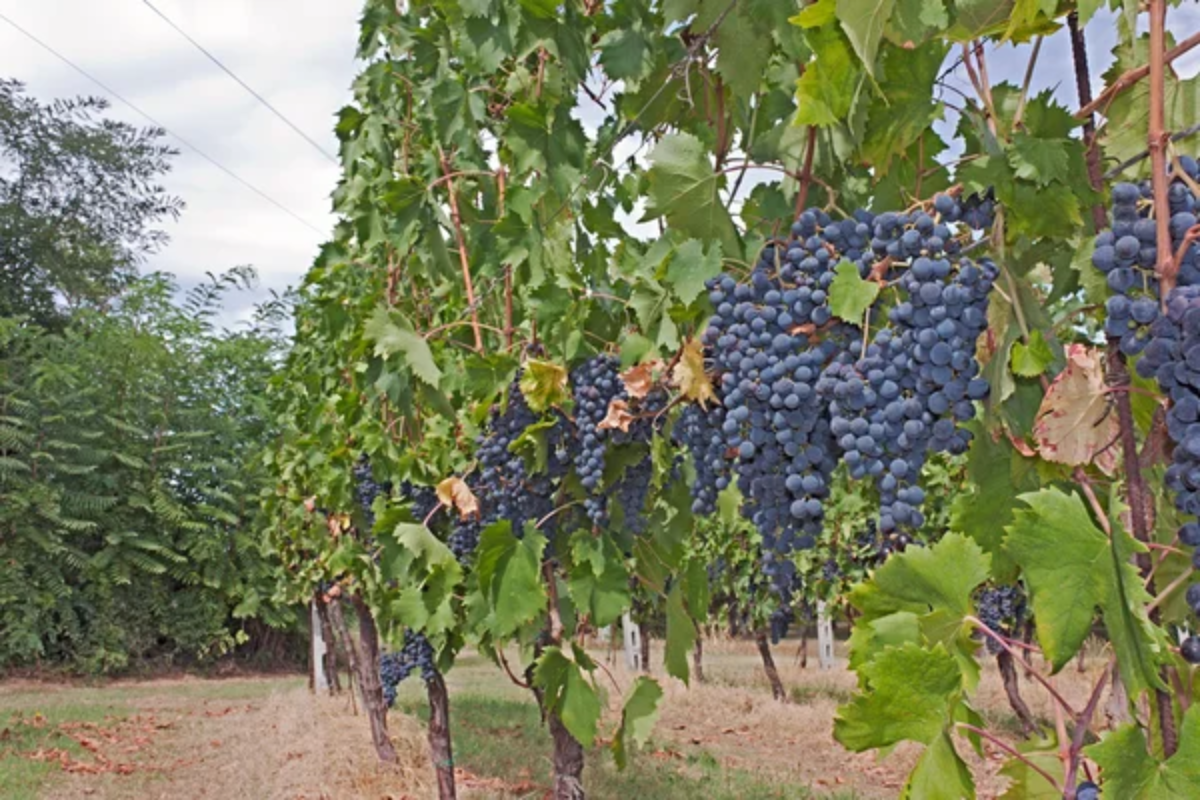
This Washington town’s transformation from an agricultural backwater to a wine destination has brought international attention to its exceptional Syrah and Cabernet. The influx of wine tourism has simultaneously fueled an arts renaissance centered around reclaimed downtown buildings. The Foundry Vineyards combines both worlds through a working winery that doubles as a sculpture park featuring monumental works by internationally recognized artists.
The annual Chamber Music Festival attracts classical performers who present concerts in working barrel rooms, creating unusual acoustic environments where wine and music enthusiasts find common ground. Whitman College’s Sheehan Gallery presents challenging contemporary work that often responds to environmental issues affecting regional agriculture.
Eger

This Hungarian town draws wine enthusiasts to its distinctive “Bull’s Blood” blends produced in surrounding valleys. Visitors discover the town simultaneously preserves an exceptional concentration of Baroque architecture, housing museums and galleries that punch far above their weight for a community this size. The former Archbishop’s Palace now houses a collection spanning European art history while supporting contemporary Hungarian artists through residency programs.
The annual Eger Spring Art Week transforms wine cellars carved into volcanic stone into temporary exhibition spaces where contemporary installations respond to these unusual environments. Local artists increasingly incorporate wine-stained papers and vineyard materials into works that connect agricultural and aesthetic traditions.
Like Travel Pug’s content? Follow us on MSN.
San Miguel de Allende
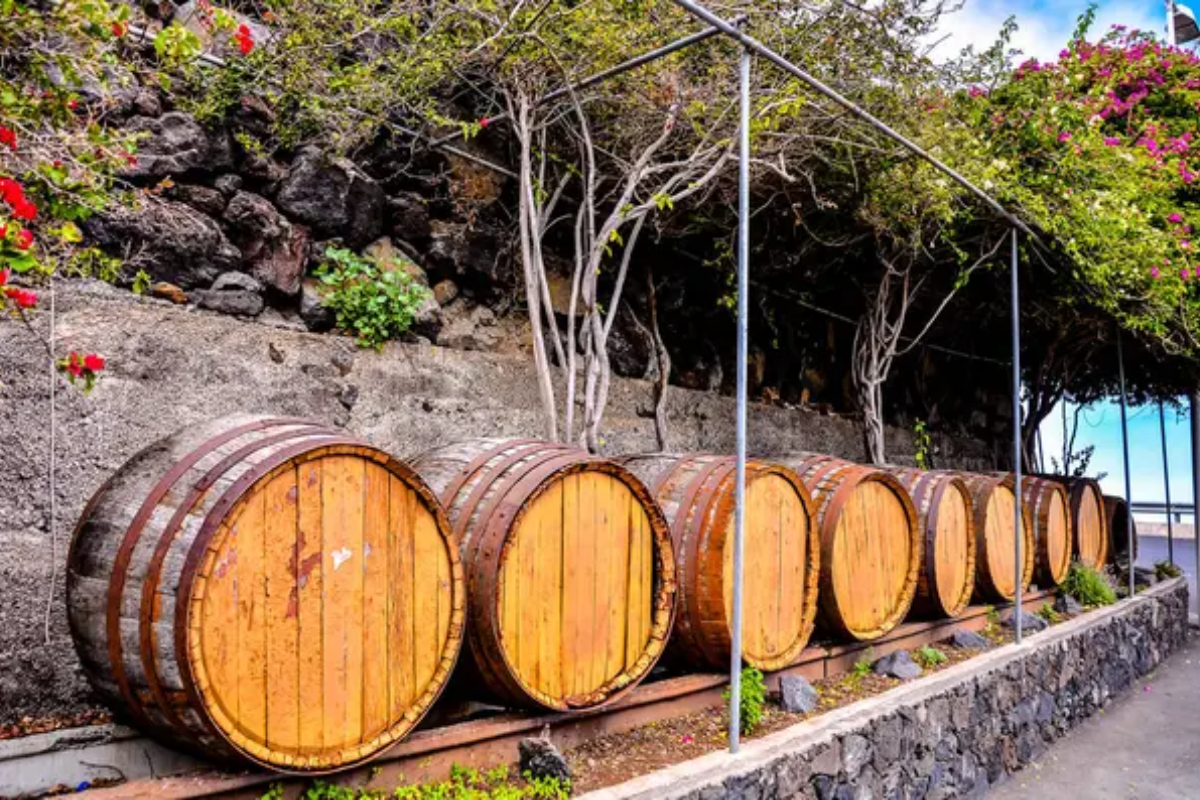
This Mexican highland town has developed a reputation for exceptional wines from high-altitude vineyards surrounding its colonial center. The town simultaneously supports Mexico’s most concentrated expatriate artist community, creating cultural collisions that produce distinctive creative expressions. The annual SMART Festival transforms vineyards into outdoor installation spaces where international artists create site-specific works responding to agricultural contexts.
The Instituto Allende continues a seventy-year tradition of art education while maintaining galleries that connect Mexican traditions with contemporary international movements. Local artists incorporate vineyard imagery into traditional folk art forms, creating hybrid expressions that reflect the region’s evolving identity.
Martinborough

This compact New Zealand town draws oenophiles to its exceptional Pinot Noir producers arranged conveniently around a central square. Between tastings, visitors discover a surprising concentration of galleries showcasing Maori and Pakeha artists exploring cultural intersections through contemporary expressions.
The annual Martinborough Art Festival transforms colonial-era architecture into exhibition spaces where installations often address environmental concerns connected to viticulture practices. Local landscape painters have documented the region’s transformation from sheep pasture to vineyard, creating a visual record of changing agricultural practices that galleries showcase alongside more conceptual approaches to place-based art.
Hood River
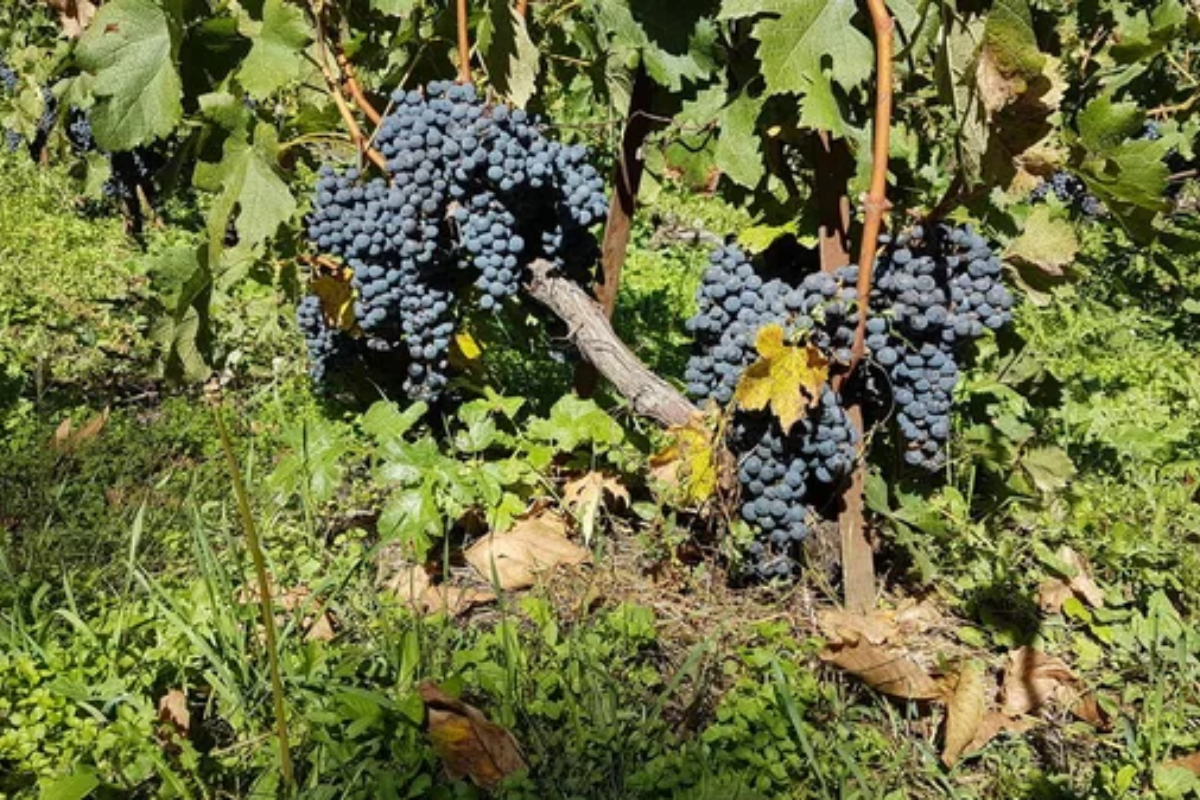
This Columbia River town serves as a gateway to Oregon’s emerging wine region while maintaining deep connections to outdoor recreation culture. The agricultural wealth has supported the development of a distinctive art scene where craft traditions and fine art intersections receive particular emphasis.
The annual Art of Craft event connects winemakers with ceramicists, creating vessels specifically designed for regional varietals and exploring connections between containers and contained. The Columbia Center for the Arts maintains exhibition spaces where vineyard landscapes inspire artistic explorations ranging from traditional plein-air painting to data visualization projects tracking climate change impacts on wine production.
Like Travel Pug’s content? Follow us on MSN.
Beaune
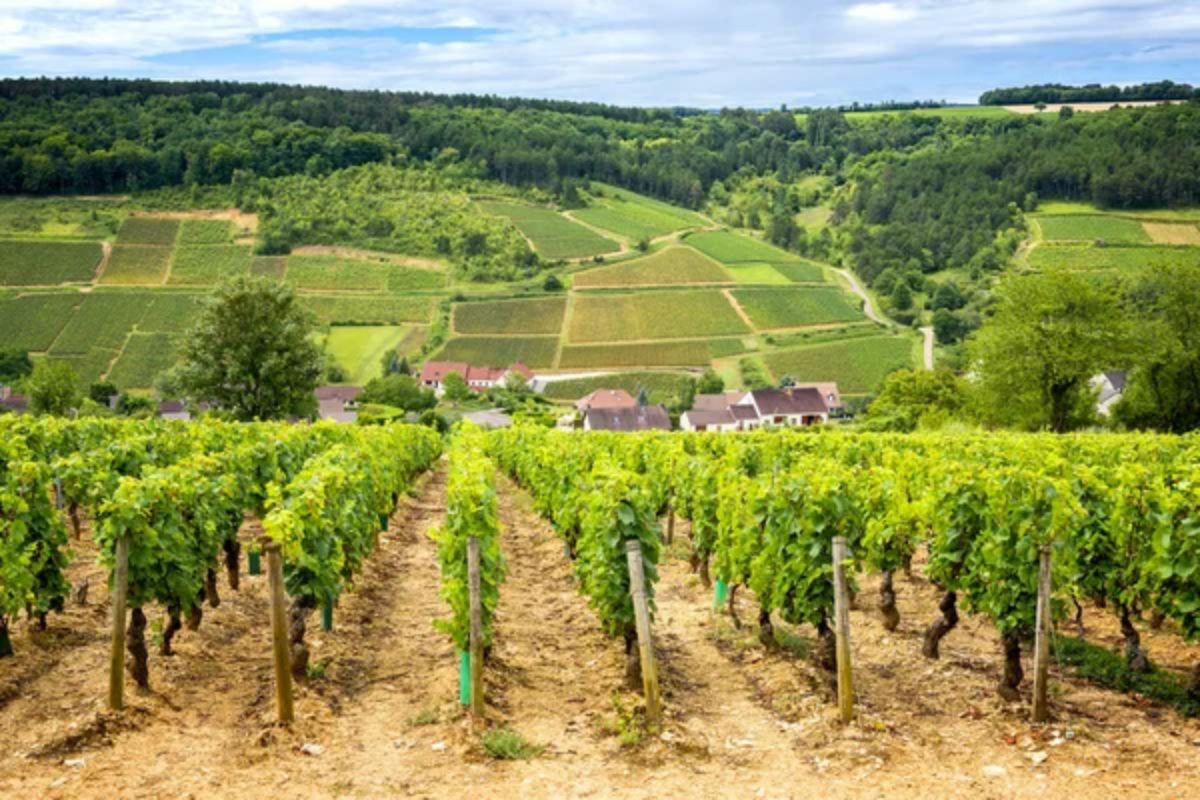
This historic center of Burgundy’s wine trade has attracted oenophiles for centuries with its prestigious auction at the Hospices de Beaune. The medieval town simultaneously preserves extraordinary artistic treasures while supporting contemporary expression through its central museum and satellite galleries.
The Musée des Beaux-Arts occupies a former Burgundian palace where masterpieces of European painting share space with contemporary installations often incorporating wine themes. The annual Contemporary Art Weekend transforms historic wine cellars into temporary exhibition spaces where installations respond to architectural elements originally designed for wine production and storage.
Fredericksburg
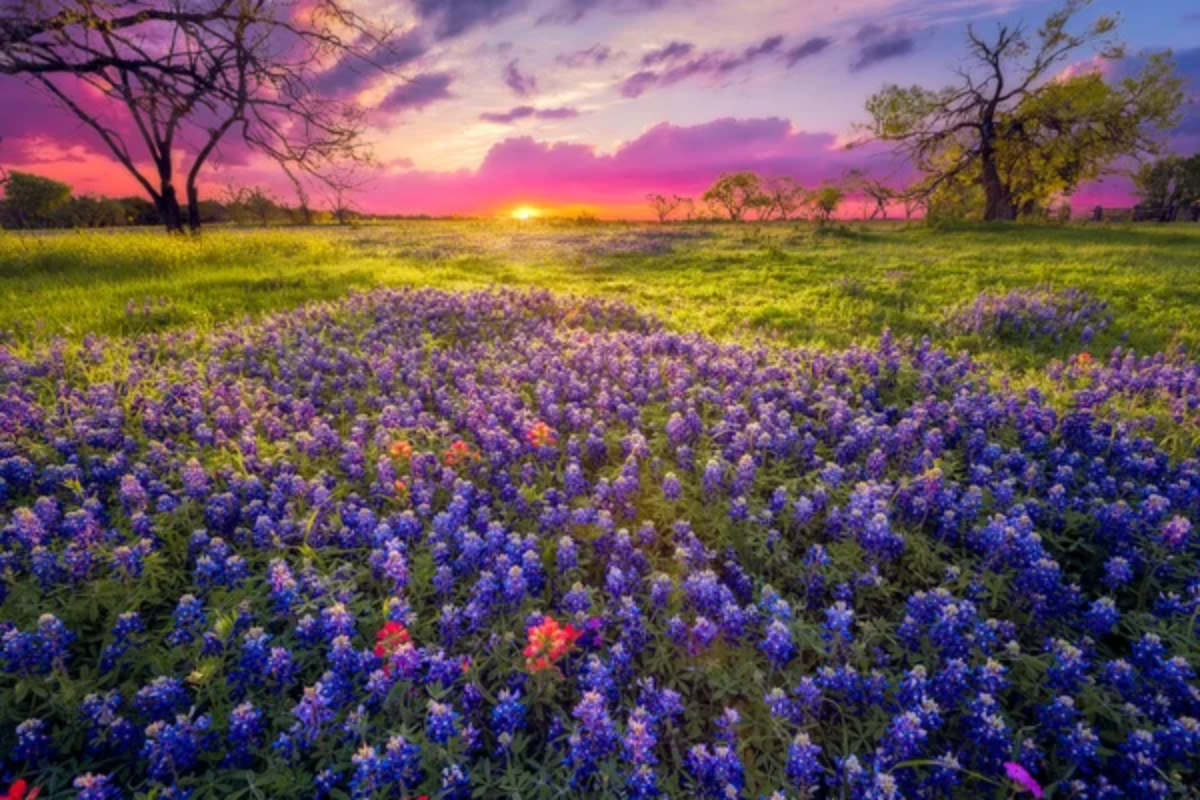
This Texas Hill Country town has emerged as the center of the state’s growing wine industry, with over 50 wineries and tasting rooms lining its main streets. The German-founded community simultaneously supports a distinctive art scene that connects Western traditions with contemporary expressions.
The Whistlin’ Pines Ranch Gallery specializes in works addressing changing agricultural practices as cattle ranches convert to vineyards across the region. The annual Art and Wine Festival transforms the historic downtown into an outdoor gallery where Texas artists showcase works that often incorporate materials from both cattle and wine industries—leather, barrel staves, and fence wire appearing in sculptures that tell stories of economic transition.
Nelson

This South Island New Zealand town anchors a region producing exceptional Sauvignon Blanc and Pinot Noir in its sun-drenched valleys. The remote community simultaneously supports New Zealand’s highest concentration of working artists outside major cities, drawn by both natural beauty and affordable studio spaces.
The Suter Art Gallery maintains a nationally significant collection while showcasing contemporary artists addressing environmental themes often connected to agricultural practices. The World of WearableArt originated here, connecting textile traditions with theatrical presentations through annual competitions that attract international participation.
Local openings typically feature both gallery exhibitions and wine releases, creating natural connections between sensory experiences.
Like Travel Pug’s content? Follow us on MSN.
Calistoga
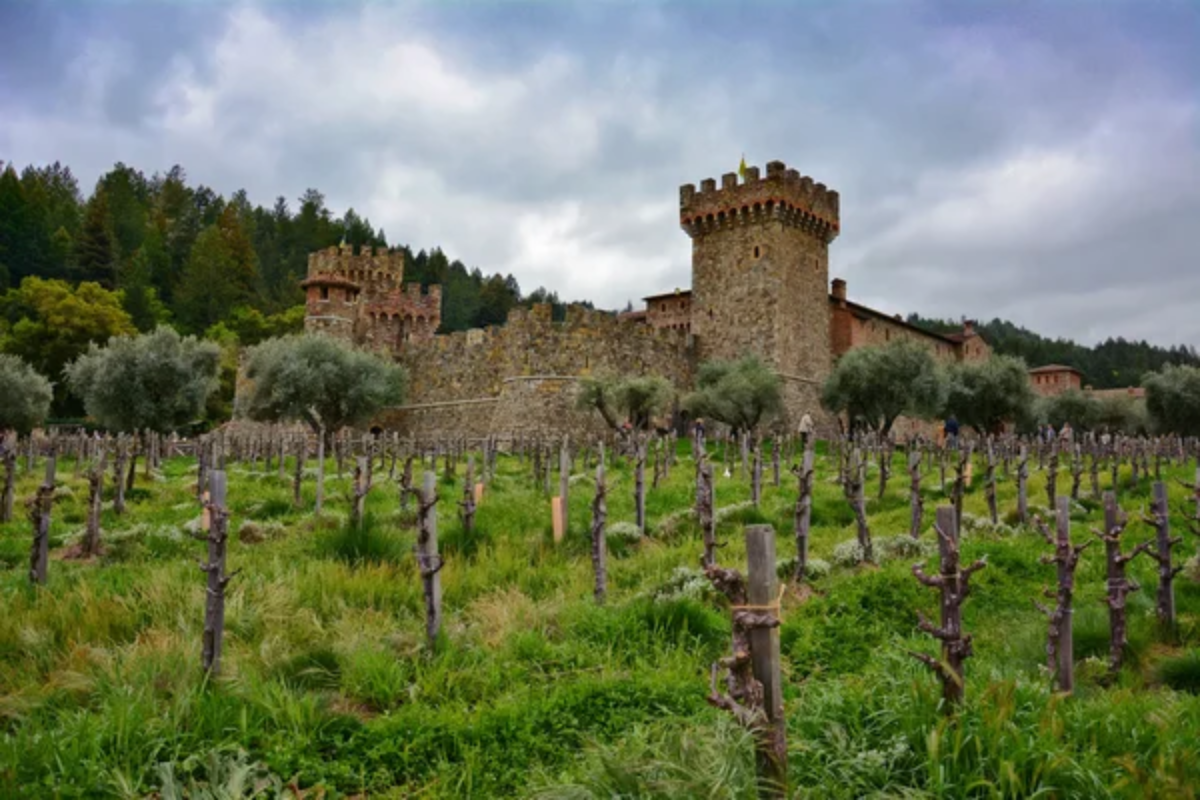
This northern anchor of Napa Valley draws wine enthusiasts seeking distinctive volcanic soil expressions in Cabernet Sauvignon. The historic hot springs town simultaneously supports a surprising concentration of galleries showcasing everything from contemporary fiber art to monumental outdoor sculpture. The landmark Clos Pegase Winery integrated a significant art collection directly into its Michael Graves-designed architecture, creating connections between architectural and viticultural expressions.
The Sharpsteen Museum chronicles how artistic communities and wine production developed in parallel throughout the region’s history. Annual art in the Wineries programs places temporary installations throughout tasting rooms, creating contexts where visitors simultaneously encounter aesthetic and gustatory pleasures.
Franschhoek

This South African wine town maintains strong connections to its French Huguenot heritage evident in both architectural details and wine styles. The picturesque valley simultaneously supports a vibrant contemporary art scene fueled by wealth from both wine tourism and nearby Cape Town collectors. The La Motte Museum connects historical Cape Dutch artistic traditions with contemporary expressions through rotating exhibitions that often explore vineyard landscapes.
The Art in Clay festival showcases ceramicists creating works specifically for wine service, exploring functional intersections between artistic and viticultural traditions. The town’s Art House brings international contemporary art to rural contexts through ambitious programming that deliberately contrasts with the region’s colonial architectural heritage.
Carlton
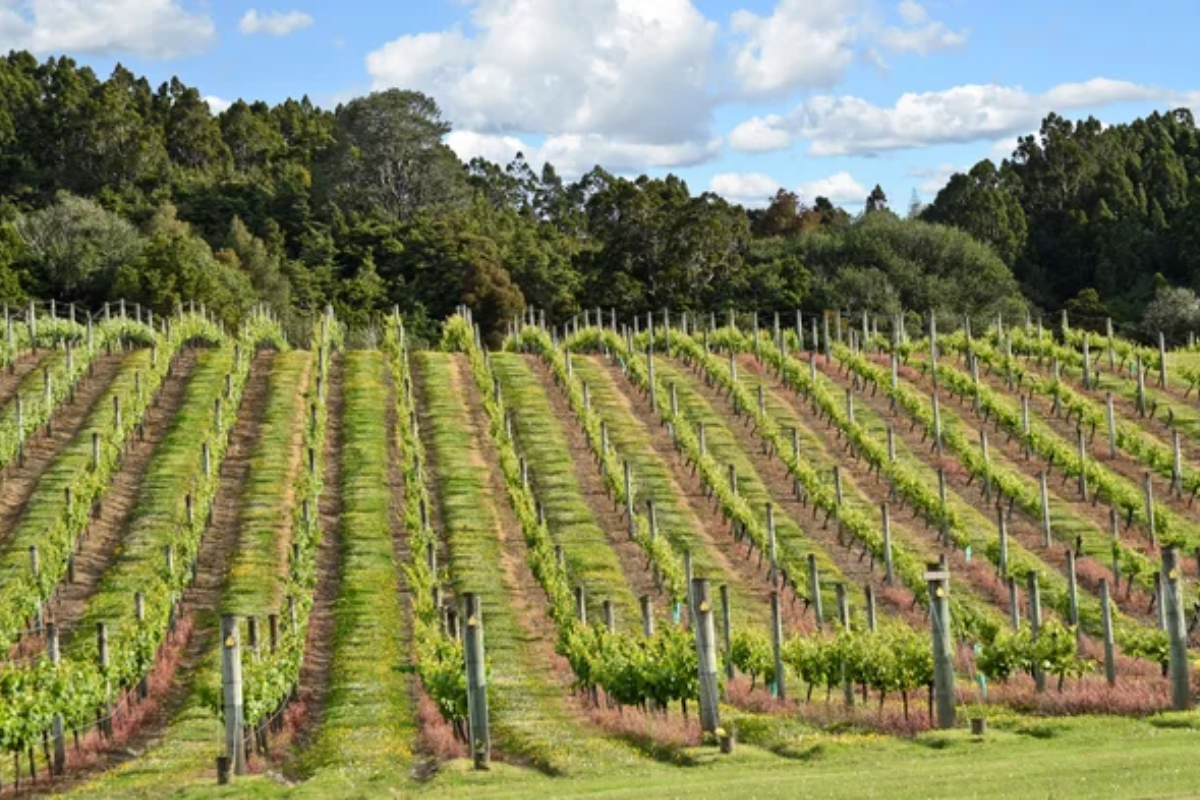
This tiny Oregon town serves as the commercial center for Willamette Valley’s acclaimed Pinot Noir producers, with over twenty tasting rooms lining its compact downtown. The former logging community simultaneously supports a distinctive arts scene centered around reclaimed industrial spaces converted into galleries and studios. The annual Clay on the Wall exhibition brings together ceramic artists creating wall installations that often incorporate references to viticultural practices and tools.
The Valley’s Edge Sculpture Walk connects vineyards through trails featuring monumental outdoor works that frame and comment on agricultural landscapes. Local printmakers have developed distinctive techniques using grape pomace as a pigment, creating literal connections between wine production and artistic expression.
Like Travel Pug’s content? Follow us on MSN.
Montepulciano
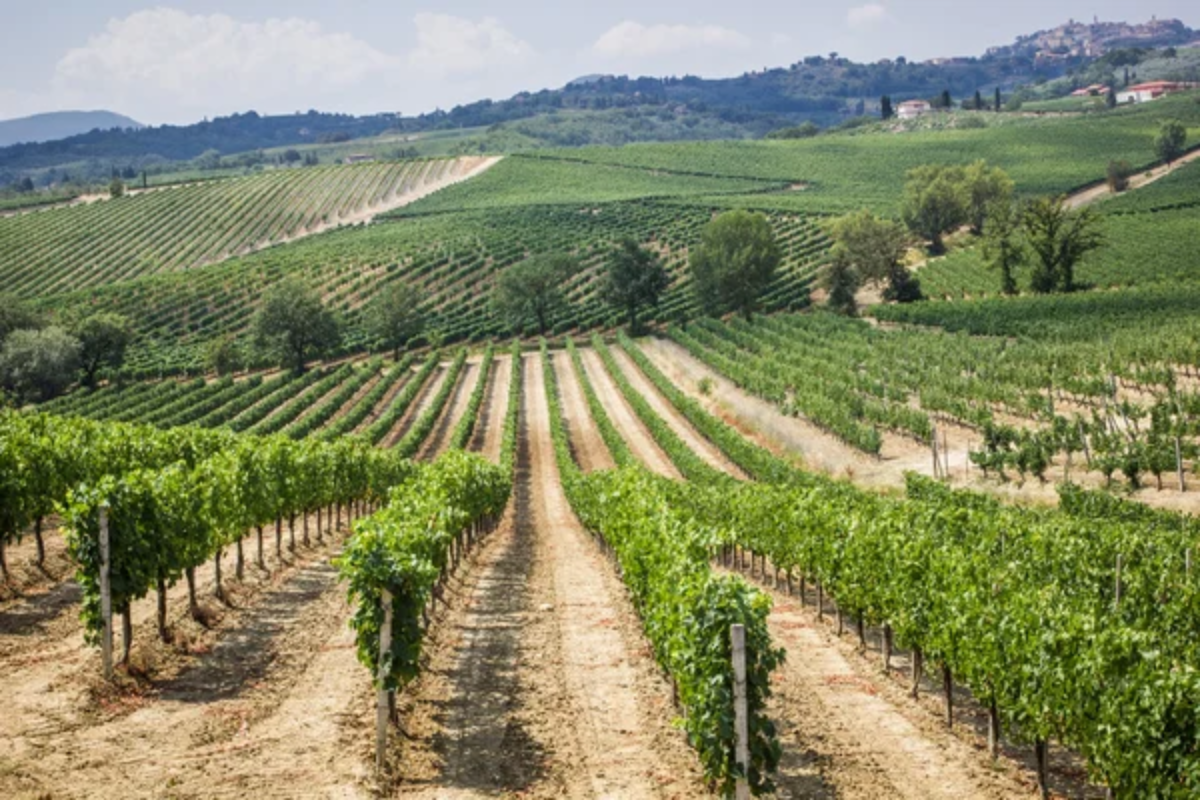
This historic Tuscan hilltown has produced renowned wines since Etruscan times, drawing oenophiles seeking its distinctive Vino Nobile expressions. The medieval architectural treasure simultaneously preserves artistic masterpieces spanning centuries while supporting contemporary expressions through ambitious programming. The Museo Civico maintains significant collections of Etruscan artifacts and Renaissance paintings while hosting contemporary exhibitions often exploring connections between wine and cultural identity.
The Cantina del Redi transforms 13th-century wine cellars into dramatic exhibition spaces for site-specific installations responding to architectural heritage. Local artists increasingly incorporate wine-stained papers and vineyard materials into works that connect agricultural traditions with contemporary artistic practice.
Where Culture Ferments
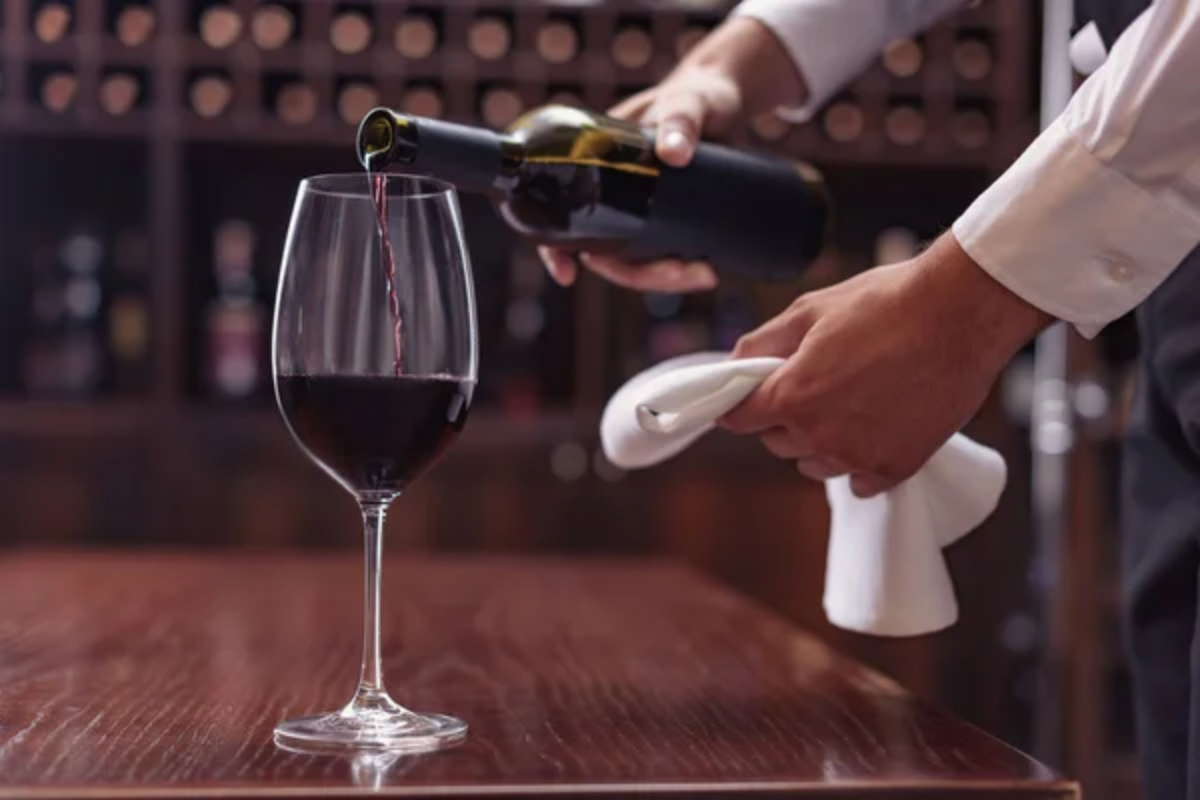
These dual-identity towns remind us that agricultural prosperity and artistic expression have always shared symbiotic relationships. The same landscapes that produce exceptional wines often inspire creative responses, while wealth generated through viticulture supports cultural institutions that might otherwise struggle in rural contexts.
For travelers willing to look beyond tasting room experiences, these destinations offer deeper connections to place—communities where appreciation for sensory pleasure extends naturally from glass to gallery, creating experiences that engage both palate and perception in complementary ways.
More from Travel Pug

- Cities Growing so Fast You Won’t Recognize Them in 10 Years
- 13 Destinations Where Tourists Regularly Regret Their Trip
- 20 Obscure WWII Sites Even History Buffs Don’t Know About
- 10 Under-the-Radar Mountain Towns That Are Both Affordable and Beautiful
- Remote Villages in Europe Where You Can Live for Free in Exchange for Work
Like Travel Pug’s content? Follow us on MSN.
